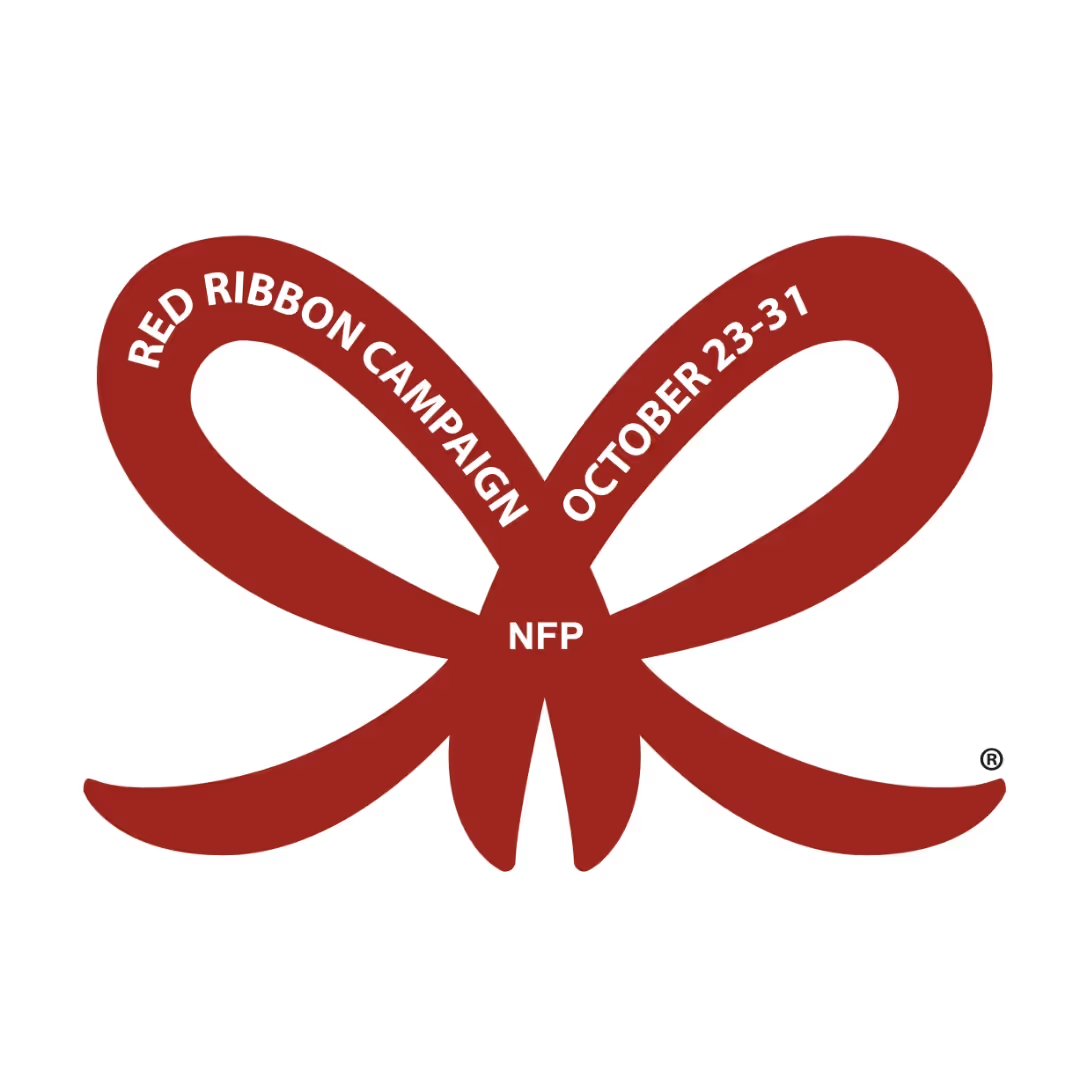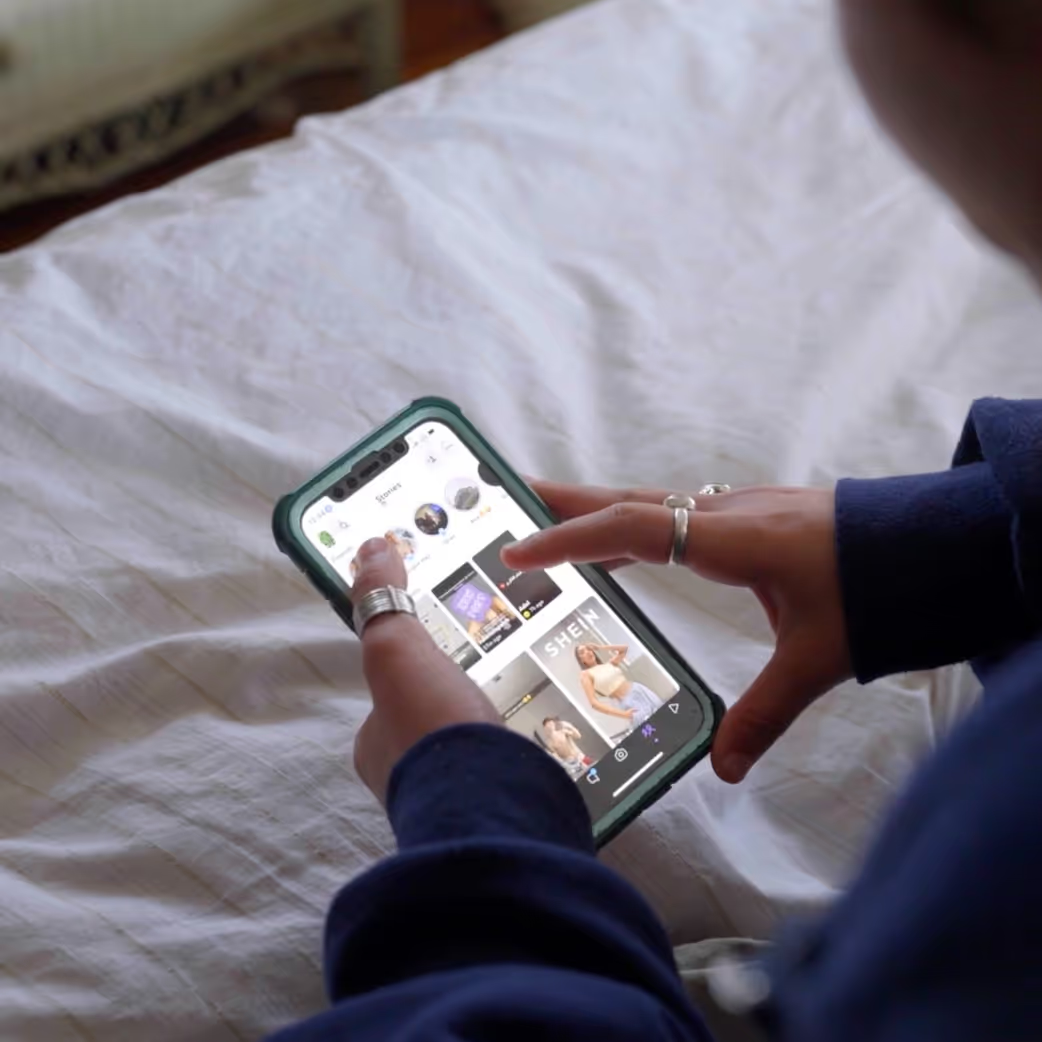


@sabrinacarpenter on Instagram - On set of the "Manchild" music video
I’m writing this in the summer for a reason: According to the Substance Abuse and Mental Health Services Administration (SAMHSA), adolescent substance initiation — particularly smoking and drinking — spikes during these months. And let's not forget the major surge of Zyns and other nicotine pouches among teens.
Summer also means more downtime for young people, which often translates into increased screen time — more movies, more shows, and more exposure to what’s trending.
And here’s something that’s genuinely upsetting: cigarette smoking is making a major media comeback. But before I unpack that, here’s the bottom line — smoking among older teens is on the rise.
This has come up a lot in recent conversations I’ve had with college-aged youth. Many have noticed a significant increase in cigarette use among their peers. When I asked why, here’s what I heard:
And now we’re seeing a surge of cigarette imagery in entertainment — from films to music videos. Even Beyoncé lit up onstage during her “Ya Ya” performance. It was bold. And yes, it made headlines.
Learn more about showing our movies in your school or community!
Join Screenagers filmmaker Delaney Ruston MD for our latest Podcast

Learn more about our Screen-Free Sleep campaign at the website!
Our movie made for parents and educators of younger kids
Learn more about showing our movies in your school or community!
Here are just a few examples from pop culture right now:
And here’s a final point that really stuck with me: According to the Truth Initiative, 9 out of 10 Oscar Best Picture nominees in 2024 featured smoking.
We can’t ignore how powerful the media is in shaping norms.
The Truth Initiative has many resources to help teens quit smoking, and that is why we spotlight them in Screenagers: Under The Influence.
It would not be a bad idea to take a quick look at their website with any kids in your life. Make them aware of the info on the site and system they have to help people quit.
Their site reports that teen participants were 35% more likely to quit vaping by seven months, with 37.8% abstaining versus 28% in controls.
Teens can join by texting EXPROGRAM to 88709
Learn more about showing our movies in your school or community!
Join Screenagers filmmaker Delaney Ruston MD for our latest Podcast

Learn more about our Screen-Free Sleep campaign at the website!
Our movie made for parents and educators of younger kids
Join Screenagers filmmaker Delaney Ruston MD for our latest Podcast
Be sure to subscribe to our YouTube Channel! We add new videos regularly and you'll find over 100 videos covering parenting advice, guidance, podcasts, movie clips and more. Here's our most recent:
As we’re about to celebrate 10 years of Screenagers, we want to hear what’s been most helpful and what you’d like to see next.
Please click here to share your thoughts with us in our community survey. It only takes 5–10 minutes, and everyone who completes it will be entered to win one of five $50 Amazon vouchers.
@sabrinacarpenter on Instagram - On set of the "Manchild" music video
I’m writing this in the summer for a reason: According to the Substance Abuse and Mental Health Services Administration (SAMHSA), adolescent substance initiation — particularly smoking and drinking — spikes during these months. And let's not forget the major surge of Zyns and other nicotine pouches among teens.
Summer also means more downtime for young people, which often translates into increased screen time — more movies, more shows, and more exposure to what’s trending.
And here’s something that’s genuinely upsetting: cigarette smoking is making a major media comeback. But before I unpack that, here’s the bottom line — smoking among older teens is on the rise.
This has come up a lot in recent conversations I’ve had with college-aged youth. Many have noticed a significant increase in cigarette use among their peers. When I asked why, here’s what I heard:
And now we’re seeing a surge of cigarette imagery in entertainment — from films to music videos. Even Beyoncé lit up onstage during her “Ya Ya” performance. It was bold. And yes, it made headlines.
Here are just a few examples from pop culture right now:
And here’s a final point that really stuck with me: According to the Truth Initiative, 9 out of 10 Oscar Best Picture nominees in 2024 featured smoking.
We can’t ignore how powerful the media is in shaping norms.
The Truth Initiative has many resources to help teens quit smoking, and that is why we spotlight them in Screenagers: Under The Influence.
It would not be a bad idea to take a quick look at their website with any kids in your life. Make them aware of the info on the site and system they have to help people quit.
Their site reports that teen participants were 35% more likely to quit vaping by seven months, with 37.8% abstaining versus 28% in controls.
Teens can join by texting EXPROGRAM to 88709
Be sure to subscribe to our YouTube Channel! We add new videos regularly and you'll find over 100 videos covering parenting advice, guidance, podcasts, movie clips and more. Here's our most recent:
Sign up here to receive the weekly Tech Talk Tuesdays newsletter from Screenagers filmmaker Delaney Ruston MD.
We respect your privacy.
@sabrinacarpenter on Instagram - On set of the "Manchild" music video
I’m writing this in the summer for a reason: According to the Substance Abuse and Mental Health Services Administration (SAMHSA), adolescent substance initiation — particularly smoking and drinking — spikes during these months. And let's not forget the major surge of Zyns and other nicotine pouches among teens.
Summer also means more downtime for young people, which often translates into increased screen time — more movies, more shows, and more exposure to what’s trending.
And here’s something that’s genuinely upsetting: cigarette smoking is making a major media comeback. But before I unpack that, here’s the bottom line — smoking among older teens is on the rise.
This has come up a lot in recent conversations I’ve had with college-aged youth. Many have noticed a significant increase in cigarette use among their peers. When I asked why, here’s what I heard:
And now we’re seeing a surge of cigarette imagery in entertainment — from films to music videos. Even Beyoncé lit up onstage during her “Ya Ya” performance. It was bold. And yes, it made headlines.

This week is Red Ribbon Week, the nation’s longest-running youth drug-prevention program — and I can’t think of a more important time to talk about a new, dangerous substance spreading fast among teens called 7-OH that's derived from the kratom plant.
READ MORE >
Today I’m sharing a high-level review of what many kids and teens are being shown online in relation to drugs/substances, whether in shows, YouTube, or social media in general. I also offer a technique that you can use for bringing these things up with tweens in your life in a non-confrontational way that is more likely to get them to offer up their opinions on the subject.
READ MORE >for more like this, DR. DELANEY RUSTON'S NEW BOOK, PARENTING IN THE SCREEN AGE, IS THE DEFINITIVE GUIDE FOR TODAY’S PARENTS. WITH INSIGHTS ON SCREEN TIME FROM RESEARCHERS, INPUT FROM KIDS & TEENS, THIS BOOK IS PACKED WITH SOLUTIONS FOR HOW TO START AND SUSTAIN PRODUCTIVE FAMILY TALKS ABOUT TECHNOLOGY AND IT’S IMPACT ON OUR MENTAL WELLBEING.
